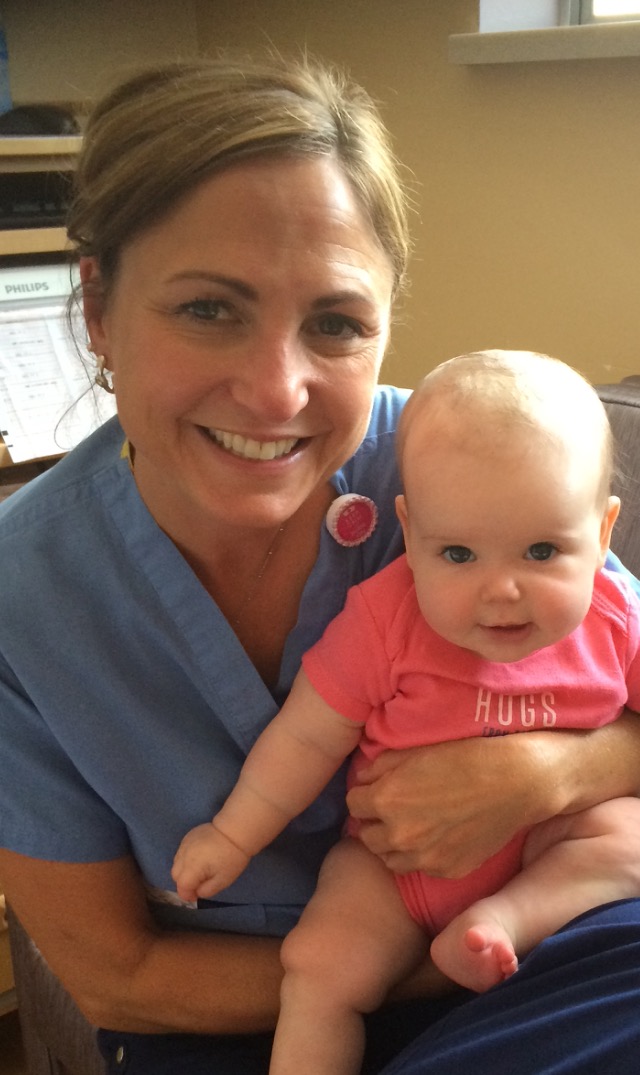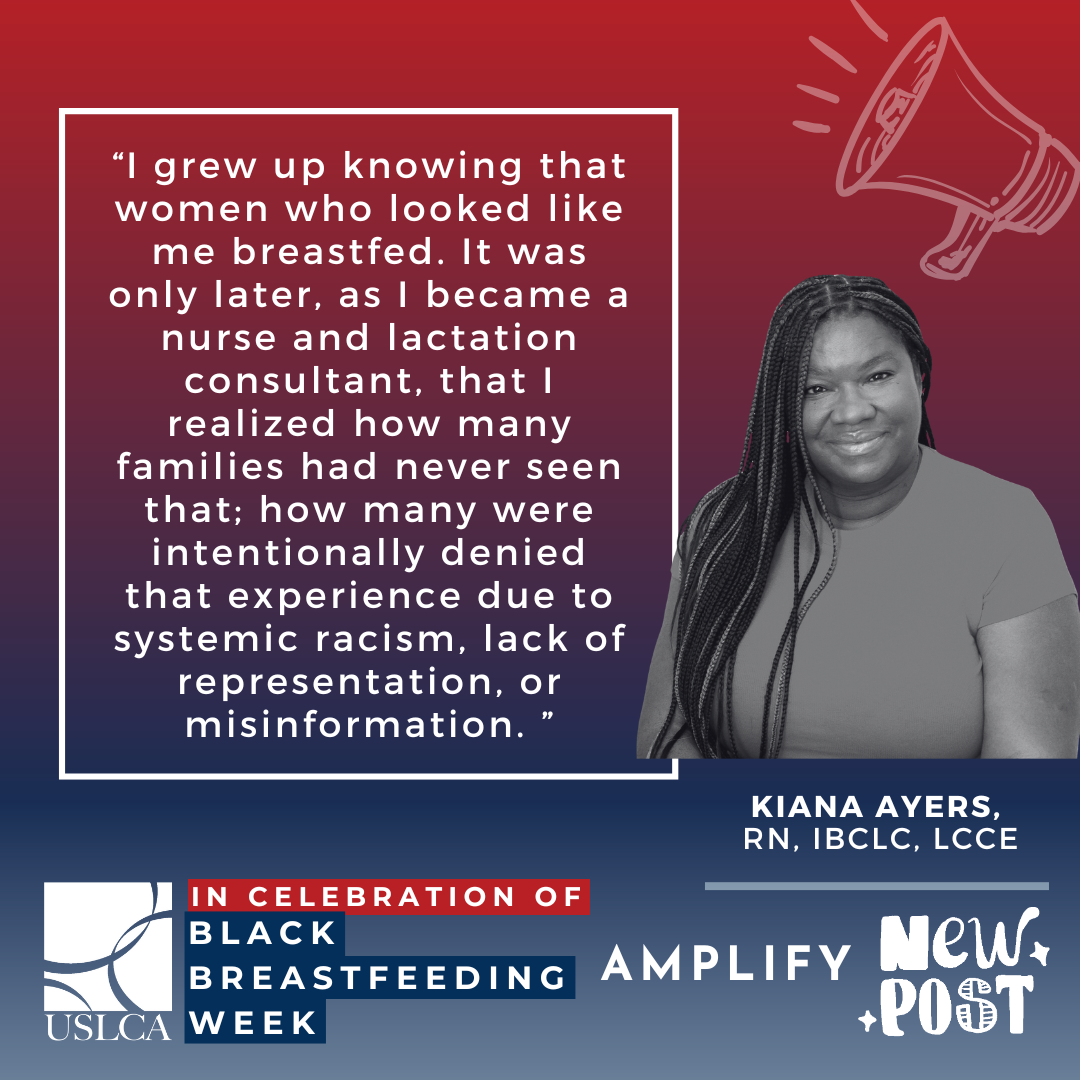by Jennifer Jordan, RN, IBCLC

I work in a fast-paced hospital setting. With about 6,000 deliveries each year, we are hopping!
The parents become easily overwhelmed by the high volume of staff coming in and out of their rooms each day. Top that busyness off with learning how to breastfeed, and their eyes often begin to cross.
I began using what is now known as “Biological Nurturing” years ago after hearing Diane Wiessinger, an IBCLC and co-author of two books, speak at a lactation conference. She shared this story: She and her husband rescued a baby fawn and could not get it to suckle from a bottle until Diane’s husband picked up the fawn and cradled it upright into his neck and it began “high rooting” and seeking behavior. Needless to say, it accepted the bottle in this position, as it tapped into the biology and reflexive eating instincts of the fawn.
Going forward, I began placing babies prone underneath the chin with the parent laying back and it was magic every time. Skin-to-skin had not been highlighted as much then but later we added that, and it became extra magical. Bottom line: I was tapping into the baby’s biology to stimulate their reflexive instincts on how to feed.
My Mnemonic: “Hug First” and “HipsB4Lips”
This is the basic teaching: bring the baby skin-to-skin, chest-to-chest in a reclined position. Many flip the baby initially to the side and only stimulate the rooting reflex with the nipple to the cheek. I explain that over 20 feeding reflexes are stimulated in a prone, reclined, starting position. I compare this to opening a restaurant door and orienting the baby to what is going on.
Wait for the baby to begin seeking behavior. Fists coming to mouth, lifting and “bobbing” the head toward the breast, and some kicking of the feet. I explain this as the baby “reading the menu.” When baby’s mouth gapes open widely toward the breast, the baby is ready to order! When the baby initiates the latch, it is always more comfortable for the parent.
Now HipsB4Lips comes in. I explain how the lips go the direction that the hips go. If the hips are down into the parent’s body the lips will orient down into the breast tissue.
Help parents remember this by asking them to break down how they sit at a table to eat. First, they orient their chair squarely with the table (lining their lips up with the food). Second, they scoot their chair in closer (getting their lips closer to the food). I add one more thing to address positional stability for the baby once latched. Place a pillow or rolled towel under the feet so that the baby has a supportive base. I compare this to sitting in a chair that has one leg shorter than the others and makes it wobbly. And no one feels “stable” eating while sitting in a wobbly chair. It is always a funny “ah ha” reaction the parents have, and they tell me “oh, that makes so much sense!”. I find if babies have flexed hips and feet supported they don’t tend to “hang on” to the breast by clamping down, which reduces nipple discomfort.
To conclude, if babies feel physically supported and properly oriented toward the breast they latch more effectively. The level of comfort increases dramatically for the parent as they can lounge back and cradle the baby, while their own body provides the support for the latch. This is usually the magic bullet when I am called to a room to help a parent that is in pain when latching.
I hope this is something you can use in your practice, to help parents remember how to best support their babies while learning how to eat!
—
Jennifer’s lactation story:
I have worked in Lactation for over 24 years. As a nurse my background is in Labor and Delivery, Postpartum and Well-Baby care. It was the birth of my firstborn, Sarah, that catapulted me into the work of women’s health. I was inspired and awe struck by the entire experience, and the delicate, sincere way I was treated by my nurse. Within an hour of having my baby, I knew this was the work I wanted to do. Supporting families in their most vulnerable and powerful time. I have since supported thousands of families’ transition into parenthood and have helped them support their babies in learning how to feed. I approach breastfeeding as a developmental process, and how it is the beginning of their baby’s relationship with food and eating. I anchor my teaching in this. Does the baby feel safe? Is the baby saying “yes” and signaling is ready to receive food, or is it being forced into their body? I believe this may have life-long effects on the baby.
I look forward to the remainder of my career in Lactation. Likely a good 15 more years! Because the field has expanded exponentially in its knowledge base thanks to research and advocacy. I can only imagine the new things we will learn over the next decade. So exciting!
<— Return to Amplify!
The content of this post does not imply endorsement and may not reflect the position of USLCA.



